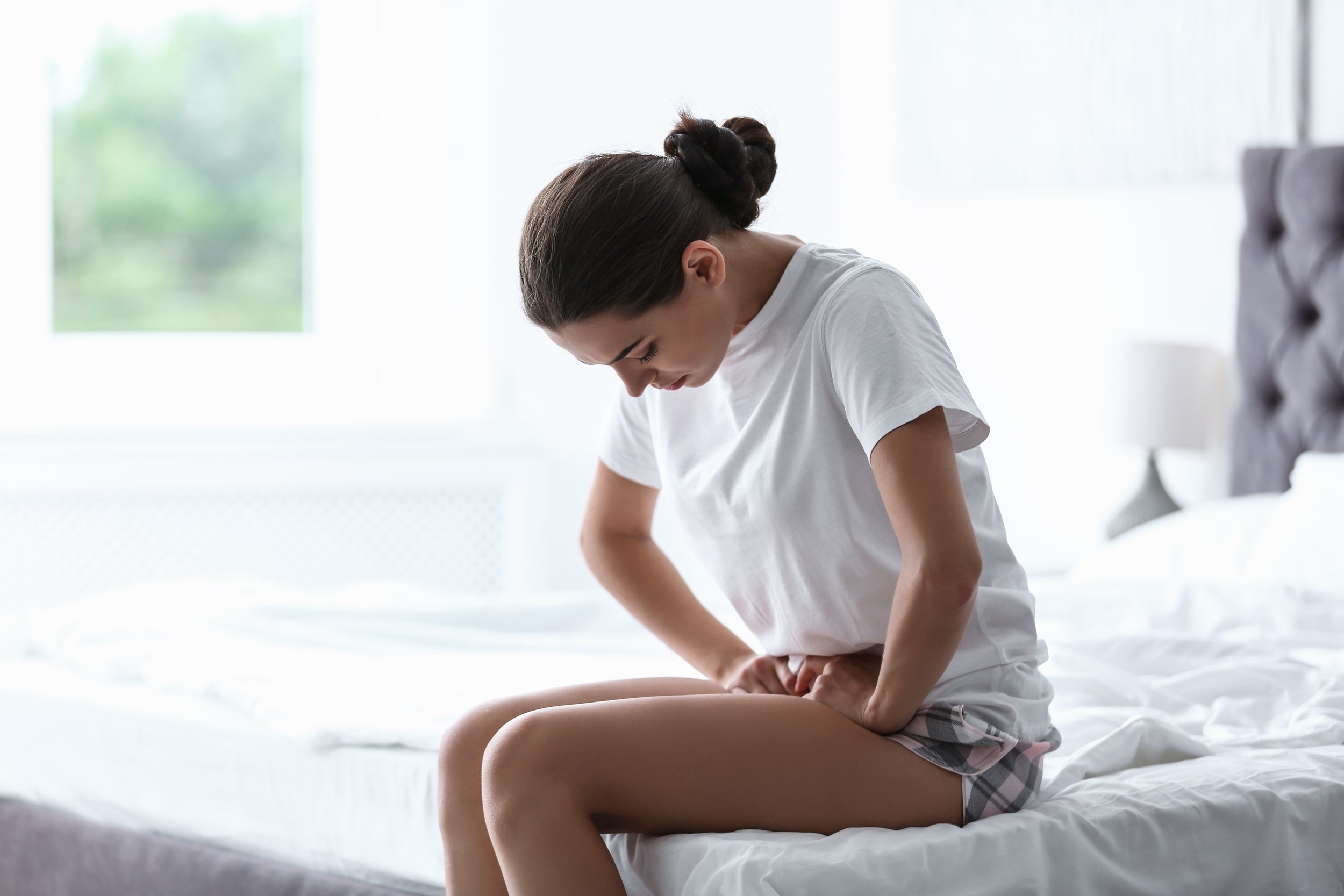
Vaginal Changes
SYMPTOMS INCLUDE:
Painful intercourse (sandpaper sex)
Vaginal dryness and irritation
Vaginal atrophy
Vaginal Changes
Our vagina ages, just like our bodies. Sometimes vaginal aging leaves a trail of symptoms like painful intercourse, vaginal dryness or irritation, increased bladder urgency and frequency, burning with urination and recurrent urinary tract infections.
f you have any of these symptoms, you likely have thinning tissues in the vagina and vulva. Thinning of these tissues is due to the dwindling levels of estrogen as women head toward and into menopause. It has been conservatively estimated that one in three women experiences some form of pelvic floor disorder (PFD) including poor voluntary muscle control, diminished sensation, muscular weakening of the pelvic floor, vaginal laxity, and/or lack of vaginal lubrication. Women who have experienced a vaginal birth or menopause also often complain of urinary incontinence, pain during sex, a loss of vaginal sensation, or decreased pleasure during sexual intercourse. Below are the most common presenting complaints:
Bladder leakage or urinary incontinence:
Two main urinary incontinence disorders include stress urinary incontinence and urge incontinence (overactive bladder). Stress incontinence results in involuntary loss of urine due to an increase in intra-abdominal pressure such as coughing, sneezing, exercise, or laughing. Urge incontinence occurs when you have a sudden urge to urinate and cannot hold the urine in, causing leakage.
Vaginitis and pelvic pain:
Vaginitis is inflammation of the vagina that can result in discharge, itching, and pain. Pelvic pain, which can be caused by many pelvic disorders, can result in physical, psychological, and emotional distress.
Female sexual arousal dysfunction (FSAD):
FSAD is characterized by persistent, recurrent problems with sexual response, attaining and maintaining sexual arousal, achieving orgasm, or pain.
Pelvic organ prolapse:
Pelvic organ prolapse is the dropping of one or more of the pelvic organs such as the uterus, bladder, or rectum. These organs may then push into the vagina, causing a protrusion at or near the vaginal opening that can be uncomfortable and/or cause issues with sexual activity, urination, or bowel function.
Vaginal dryness:
Most common near menopause when hormone levels change, vaginal dryness (atrophy) results when vaginal walls become thinner and inflamed, causing decreased lubrication.
Treatment of Adverse Vaginal Changes:
New urogenital (vaginal and bladder) restoration treatments are now available and are very effective.
Symptoms can be reversed or greatly diminished using CO2 fractional laser therapy (MonaLisa Touch®).
Photo-biomodulation therapy (vSculpt Pro®) is another effective option for treating these symptoms.
Microcurrent point stimulation therapy can be utilized to effectively relieve pelvic pain.
Bio-identical hormone replacement therapy may be administered to restore hormone levels and reduce or eliminate symptoms. And since the cause of urogenital tract symptoms are often a hormonal condition, replacement of these hormones can be of benefit for some woman.

